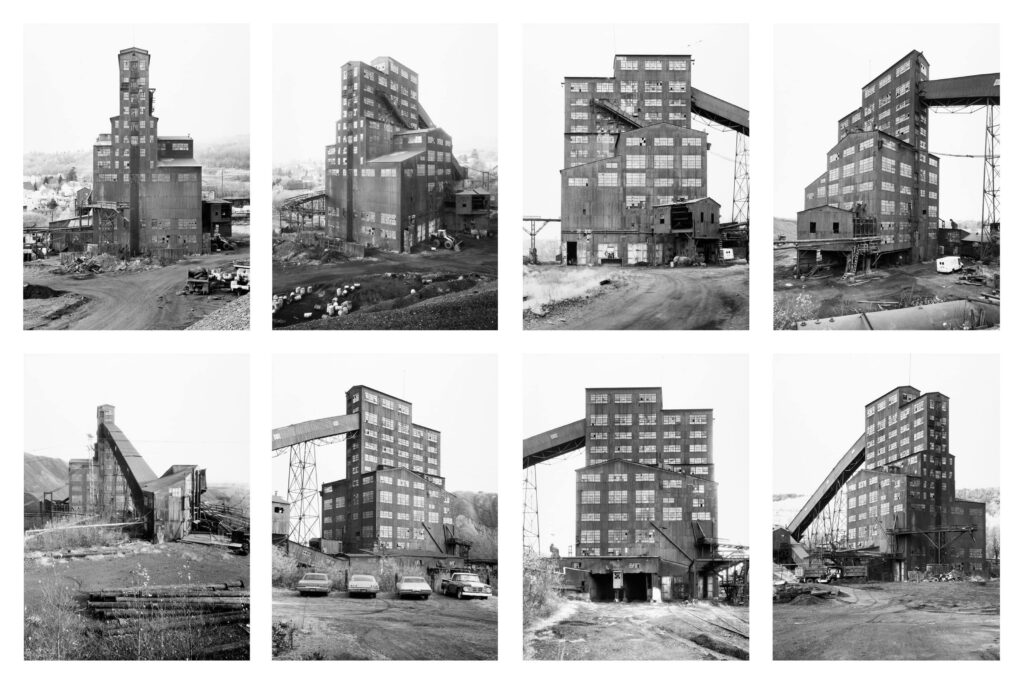
New Topographics was an exhibition, curated by William Jenkins, which consisted of contemporary landscape photography from the 1970s which focused on man altered landscapes instead of the traditional natural American landscape photography. For example post war urban landscapes commonly car parks, industrial sites, urban housing and caravan parks, rather than completely natural landscape. Sometimes with a contrast between the man altered and natural landscape.
New Topographics was a reaction to the post war American landscape, changing from natural to more urban, and showing a contrast to natural landscape photography such as the work of Ansel Adam’s, which which was dominating landscape photography at the time.
The photographers featured in the topographics were: Robert Adams, Bernd & Hilla Becher, Lewis Baltz, Joe Deal, Frank Gohlke, Nicholas Nixon, John Schott, Stephen Shore, and Henry Wessel Jr.
Some photos from the new topographics:




Industrial
After the war lots of industrial sites were being torn down and forgotten about as they were no longer needed, or being used.
Bernd & Hilla Becher were a married couple from Germany, who saw an interest in these buildings and their architecture. They didn’t want them to be forgotten about so decided to photograph them as a way of remembering and documenting the existence of these buildings. The couple even said themselves “It seemed important to keep them in some way and photography seemed the most appropriate way to do that.”
The couple would go around the buildings and take eight photos of the buildings, capturing all the corners and sides of the buildings. The photographed the building with a large format camera in the same way Ansel Adams would take his photographs.

The photos they took would be presented in a grid layout showing all around the outside of the building. The photos were also all taken in Black and white and the couple would have to wait for the weather to be cloudy so there would be contrast between the buildings and the sky because if it was sunny the sky would appear dark in the photos because they are in black and white. They also preferred taking the photos when it was cloudy because the light would be softer meaning the building would be photographed without strong shadows and with a more diffused light in the photos.
